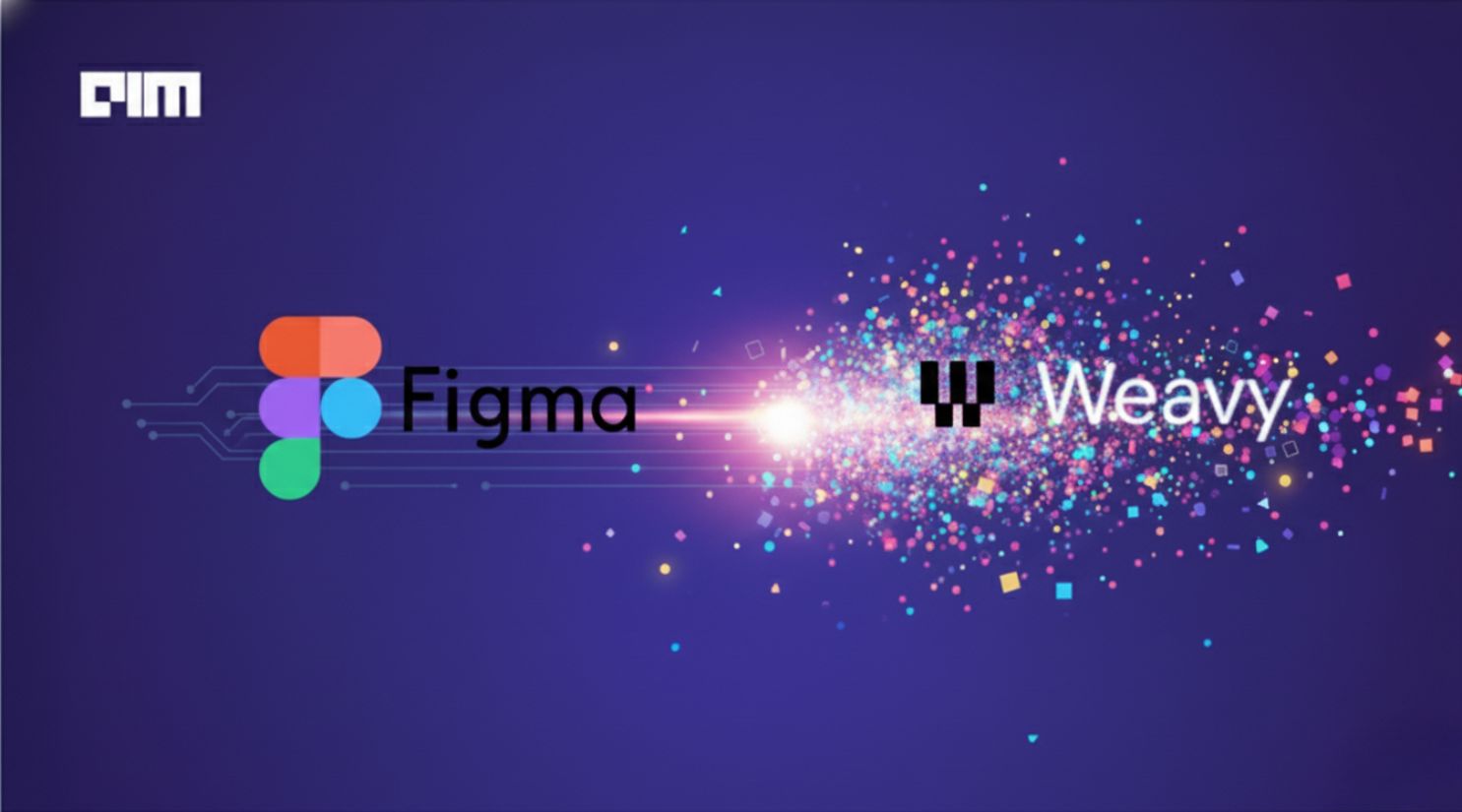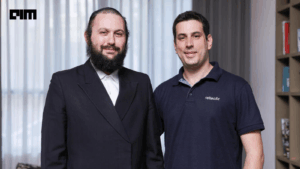Figma has acquired Weavy, an Israeli startup that builds tools for AI-powered image and video generation. Founded in 2024 by Lior Albeck, Jonathan Alumot, Jonathan Gur-Zeev, and Itay Schiff, Weavy allows creators to generate and edit media using multiple AI models within a shared workspace.
Following the acquisition, the team of around 20 employees will join Figma under a new division called “Figma Weave.” Financial terms were not disclosed, and Weavy will continue to operate independently for now. The company’s Tel Aviv office will serve as part of Figma’s global R&D operations.
Expanding Design Beyond the Interface
Figma said the acquisition expands its platform from interface design to full-scale media creation. The company described AI as a creative partner rather than a substitute for designers.
“We see AI outputs as a new medium to mold, and we believe the combination of human craft alongside AI generation unlocks more expression and a bolder point of view,” Figma stated in its announcement.
The addition of Weavy builds on Figma’s earlier AI tools for layout and text generation. Together, they create a broader system where users can produce visuals, prototypes, and animations within one workspace.
Under the Figma Weave brand, the Weavy team will continue developing its technology while aligning with Figma’s collaborative design framework. The company said operations will continue independently during the integration period.
Inside Weavy’s AI Media Platform
Weavy’s software is built around a node-based canvas that lets users prompt, compare, and refine AI-generated outputs from multiple models without leaving the workspace. The platform supports both image and video generation, offering tools that connect to models such as Seedance, Sora, and Veo for motion, and Flux, Ideogram, Nano-Banana, and Seedream for still visuals.
Each generation step is represented as a branch, allowing designers to make changes or explore variations without restarting. Users can adjust color, lighting, and composition or mask specific areas for targeted edits. Every action is stored as an editable node, giving detailed control over revisions.
This workflow matches Figma’s existing collaborative environment, where multiple contributors work simultaneously on shared designs. Merging Weavy’s system with Figma enables teams to move between interface design and media creation seamlessly.
Weavy was designed to make advanced AI generation usable without programming expertise. Its founders focused on a visual approach to model management, enabling creators to interact directly with AI processes.
According to reports, the startup prioritized product refinement and internal development rather than external fundraising. Its streamlined structure allowed rapid updates and flexible testing, which will now continue under Figma’s resources.
Integrating AI Media Creation into Figma
With this acquisition, Figma gains a foundation for AI-driven image and video creation. Weavy’s media generation canvas integrates with Figma’s core tools for design, prototyping, and collaboration. The combined platform lets users design layouts, create assets, and edit visual content within one workflow.
Dylan Field, Figma’s co-founder and CEO, said the acquisition reflects the company’s vision for creativity in the AI era. “Design is expanding beyond screens,” Field said. “With Weavy, we’re building tools that let people create in entirely new ways—where human intuition meets AI generation.”
Weavy’s team will continue developing its AI generation engine while integrating it with Figma’s design tools. The goal is to let users handle every stage of visual work, designing layouts, generating assets, and editing content without switching between software.
The Tel Aviv-based group remains intact, now working alongside Figma’s product and engineering teams. Their focus includes improving AI model coordination, enhancing rendering systems, and maintaining cross-format consistency in generated visuals.
Additional coverage noted that Weavy’s growth came through engineering-led innovation rather than heavy funding. Its model-branching workflow and real-time editing features positioned it as a standout in AI media development.
Figma confirmed that existing Weavy users will continue using the platform without disruption. Over time, Weavy’s tools will integrate more deeply into Figma’s main product suite, but both companies will retain independent operations during the transition.
The move also expands Figma’s engineering base into Israel, strengthening its access to AI research talent and regional technical expertise. The integration enhances Figma’s position in creative tooling, adding capabilities that reach beyond traditional interface design.









